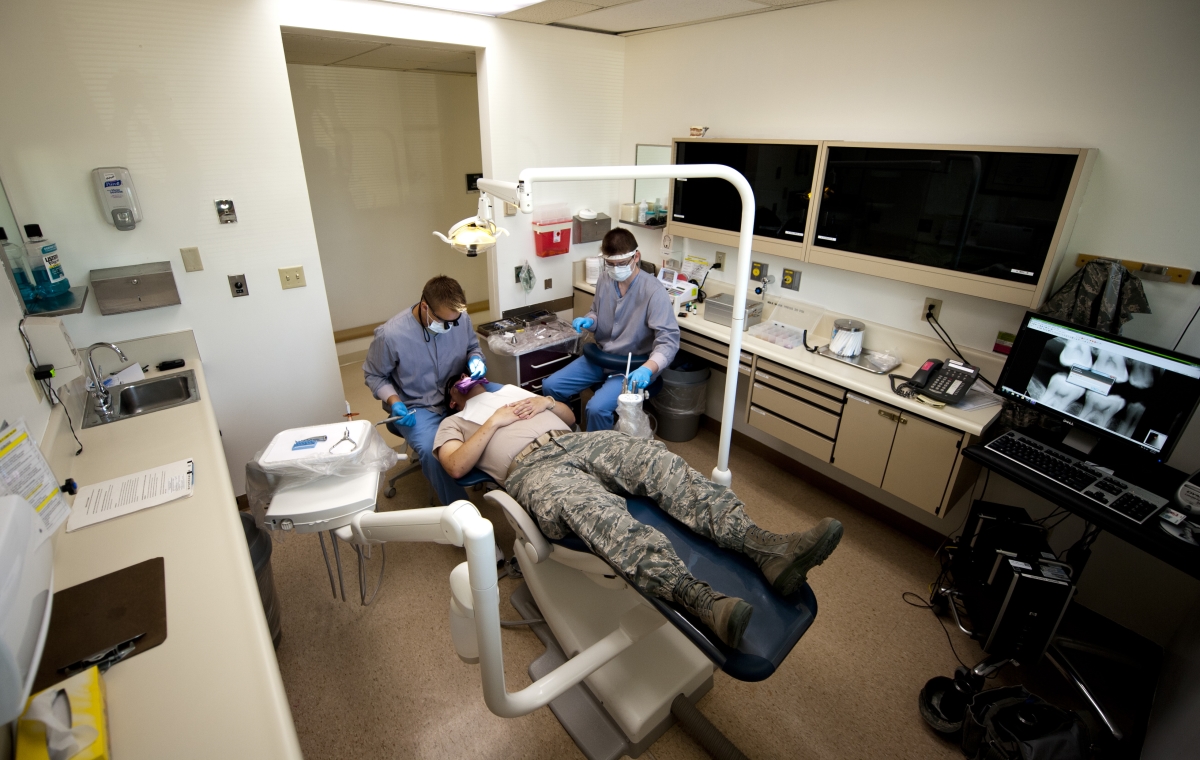According to the National Institute of Dental and Craniofacial Research, 92% of adults aged 20 to 64 have tooth decay, also called dental caries. While some people may let a cavity go without treatment, the majority see a dentist for a dental filling.
Dental fillings are the surest way to repair a tooth and save it from further decay. As common as they are, some people wonder if dental fillings are safe. They are, after all, a man-made product that stays in the body for years at a time. There has been an ongoing debate about dental filling material and if dental fillings are toxic. A long list of government agencies and medical organizations agree that they are safe.
The Dental Filling Controversy
Almost 200 years ago, dentists came up with a new way to treat cavities. They began filling the holes caused by tooth decay with something called amalgam—an alloy made of about 50% mercury, plus silver, tin, copper, or other metals. Before that, a tooth might be filled with gold. But if the patient couldn’t afford it, the tooth would simply be pulled.
Amalgam fillings are what is commonly thought of as “silver” fillings due to their color. They can be found in the mouths of nearly every American over the age of 40. Their affordability and durability made them the primary choice of dentists for years.
Over the decades, new dental filling materials were developed to use instead of amalgam. One common substance is porcelain or ceramic. Another is composite resin, which is a hard polymer made of quartz or glass mixed with resin. These alternatives look more like real teeth than amalgam fillings.
Because of their mercury content, controversy and confusion have surrounded amalgam fillings almost since their introduction. One would think that dentists would switch entirely to porcelain or resin, both for aesthetic and safety reasons. While the trend is moving in that direction, some dentists in the U.S. still use amalgam fillings. This is because research shows no scientific link between the mercury in amalgam fillings to any medical issue.
Concerns Over Mercury in Dental Fillings

It is true that mercury poisoning can lead to serious health problems. Highly toxic to humans, long-term effects can include cardiovascular risks and neurological damage. But the type of mercury that causes these problems is not the same as the mercury found in dental amalgam.
Methylmercury is the compound found in fish. It is an organic compound that can enter the bloodstream when ingested. Overexposure can be toxic.
The mercury used in dental fillings is elemental mercury. This is the same substance in a fever thermometer. Contrary to popular belief, it is non-toxic when ingested and will not cause mercury poisoning. If someone were to swallow the mercury from a thermometer, or bits of an amalgam filling, it would not be absorbed by the body but would instead pass right through.
What can be a cause for some concern, are the vapors emitted by elemental mercury. They can enter the bloodstream by way of the lungs. The question becomes, how much vapor comes from amalgam fillings, and is it enough to make dental fillings toxic?
Does Vapor Make Dental Fillings Toxic?
Amalgam fillings give off small amounts of mercury vapor when they are placed in the teeth, or when they are removed. Teeth grinding, excessive gum chewing, and carbonated beverages can also cause them to emit vapors. While these events might cause a slight elevation in mercury levels in the bloodstream, the increases are very small.
Numerous studies, like the one conducted by the NCBI (National Center for Biotechnology Information), have found no link between amalgam fillings and adverse health effects associated with mercury exposure.
One thing to remember is that mercury is all around us—in soil, water, and in the air. The amounts emitted by amalgam fillings are minuscule. Dentists and dental technicians who place amalgam fillings might actually be at a greater risk for exposure. These professionals follow standard protocols to minimize their exposure such as proper ventilation, protective containers for the materials, and avoiding contact with their skin. With these precautions in place, they are safe.
Amalgam Fillings in Pregnant Women and Children

Even for children or women who are pregnant or breastfeeding, the mercury in dental filling materials is not likely to cause medical problems. Data collected by the National Capital Poison Center states that in various studies, elevated mercury levels were more likely to come from fish consumption, some vaccinations, or even—believe it or not—over-the-counter nasal sprays or earwax removers.
What About Fillings and MRI?
If there is metal in dental fillings, some may wonder if it is safe to have an MRI. MRIs work with very powerful magnets, so it makes sense that metal could cause a problem. In fact, it can be dangerous to have an MRI with a dental crown. Fillings, however, are not an issue.
Magnets only attract ferromagnetic metals such as iron, nickel, and alloys like stainless steel. While crowns may include these metals, filings do not. Patients can safely have an MRI no matter what type of materials fill their cavities.
No Need to Replace Amalgam Fillings
Despite the dental community’s assurances that amalgam fillings are safe, there are some people who think it is best to remove them and replace them with other materials. This may seem like a wise precautionary measure, but it is actually not recommended.
Most dentists agree that if the filling is not cracked or damaged in some way, it is better to leave it alone. First of all, when they drill out the filling, they will need to drill further into the tooth for the replacement. This can severely compromise an already weakened tooth.
Second, the act of drilling into the amalgam filling can create more mercury vapor than just leaving it be. While it still is probably not enough to be toxic, it is an unnecessary risk, cost, and discomfort. The only time that removal is necessary is if the patient has an allergic reaction to the material.
Avoid All Fillings By Preventing Cavities
Obviously, the best option is to prevent cavities so there is never a need for any type of filling. Good dental hygiene and regular visits to the dentist can help.
Unfortunately, tooth decay is widespread throughout every part of the population. Cavities are common and nothing to be ashamed of. In the event that you do need to have a cavity filled, discuss your options with your dentist. There are materials available besides amalgam. They will be able to answer your questions and find the best solution for you.


